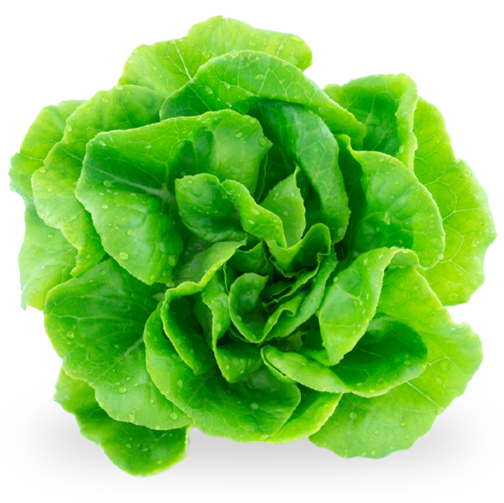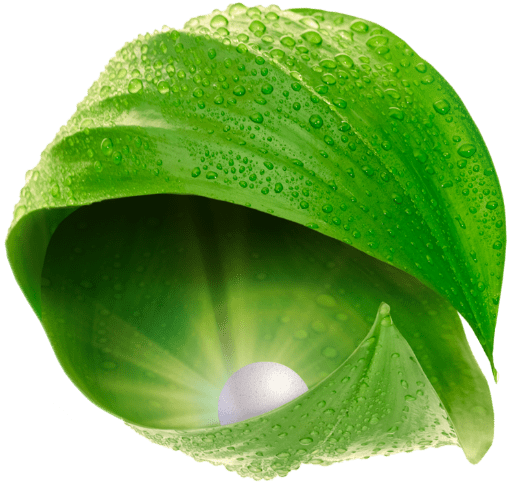
Lettuce
Lettuce (Lactuca sativa L.)
It is an annual, self-pollinating, herbaceous vegetable belonging to the Asteraceae family. In Greece it is grown outdoors throughout the year, mainly from early autumn to late spring. During the summer, there are problems with the formation of flower stems from high temperatures and long day length. In Greece, the cultivation of lettuce occupies about 60,000 ha. Nutritionally, lettuce is rich in vitamin A, B1, B2, C, niacin, also an important source of calcium and phosphorus. It is a fairly demanding plant in terms of soil adaptability as it requires to be rich in nutrients, with good water capacity and sufficient drainage. Lettuce is a cool-season plant and low temperatures are required when the plants are approaching maturity in order to achieve maximum quality. An ideal pH is considered to be between 6 and 7 as lettuce is quite sensitive to acidic soils and in alkaline soils symptoms of chlorosis occur. The most suitable soils are sandy loam (SL), rich in organic matter, while sandy soils that are more easily heated are preferred for early production. It is very sensitive to high concentrations of salts in the soil, so the use of good quality water and good drainage conditions are necessary. Basal fertilisation covers the needs for phosphorus and potassium, while surface fertilisation only covers the needs for nitrogen. In addition, the use of special nutrient formulations – biostimulants – maximises the genetic potential of the crop, while ensuring that its resistance to abiotic stress is enhanced.




